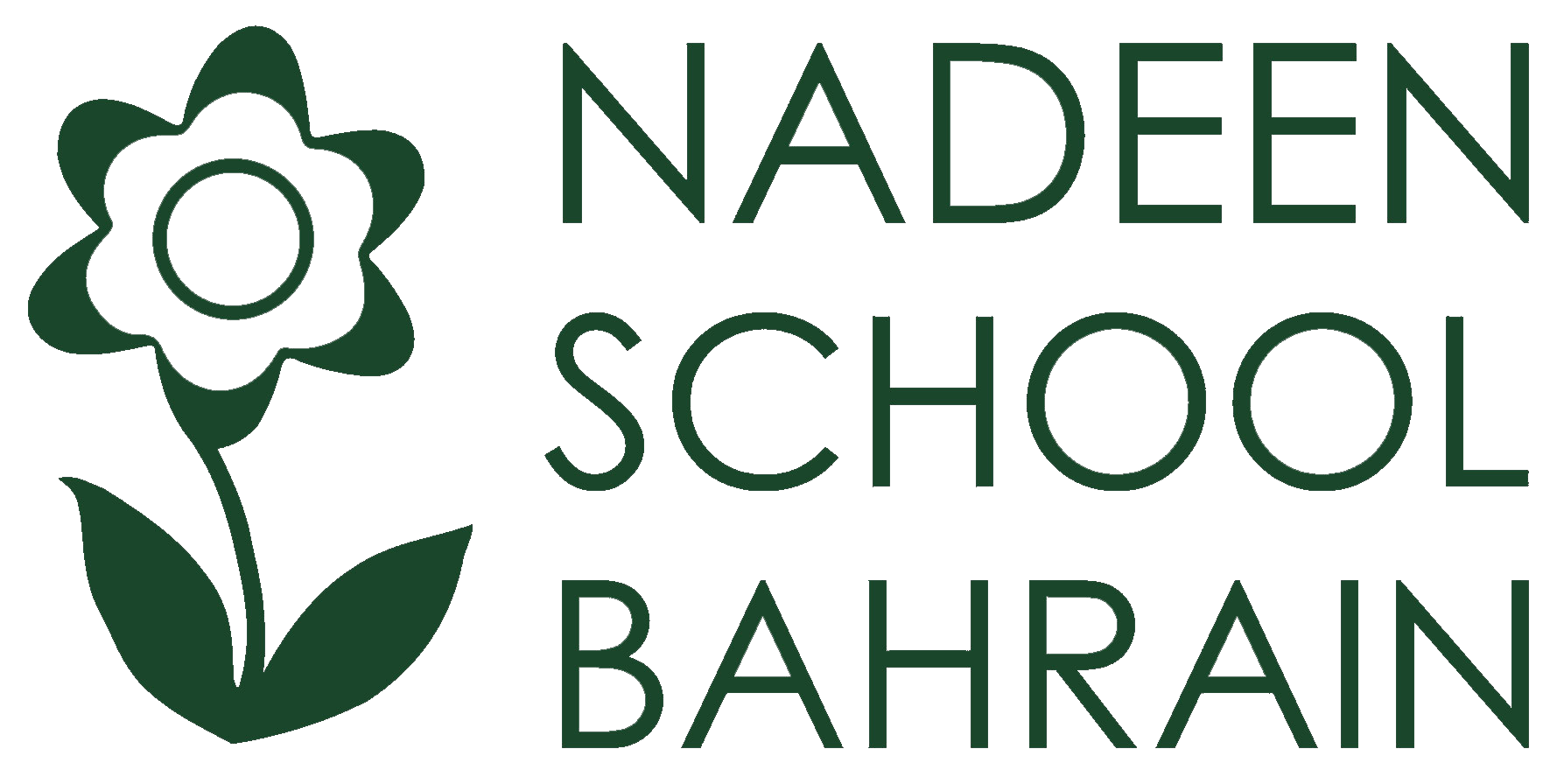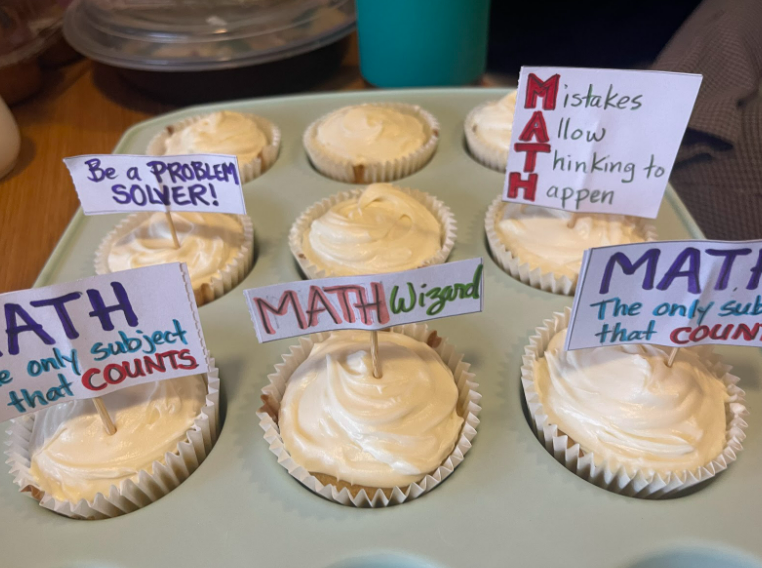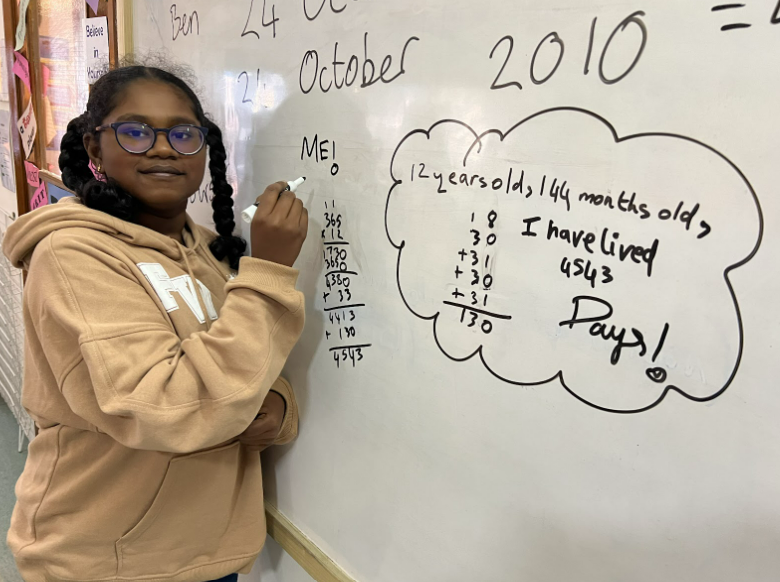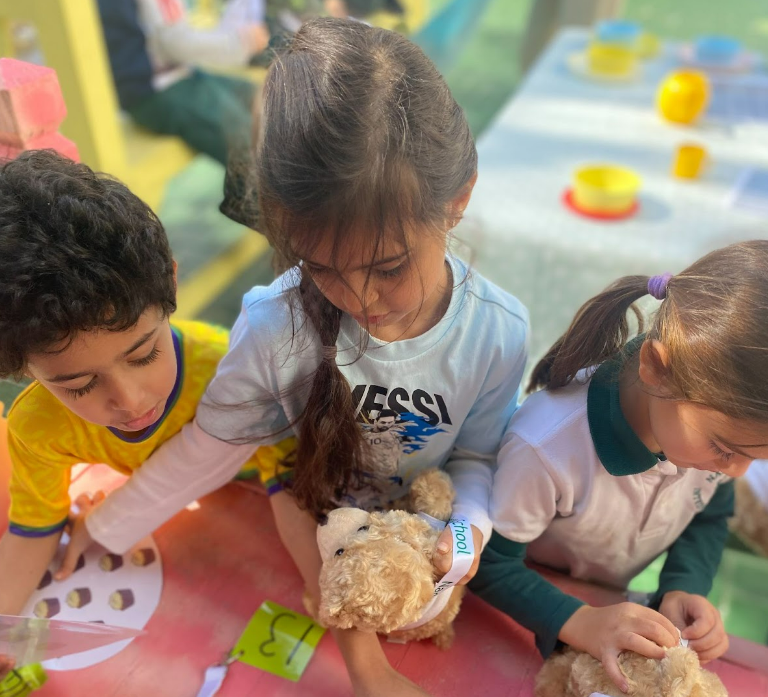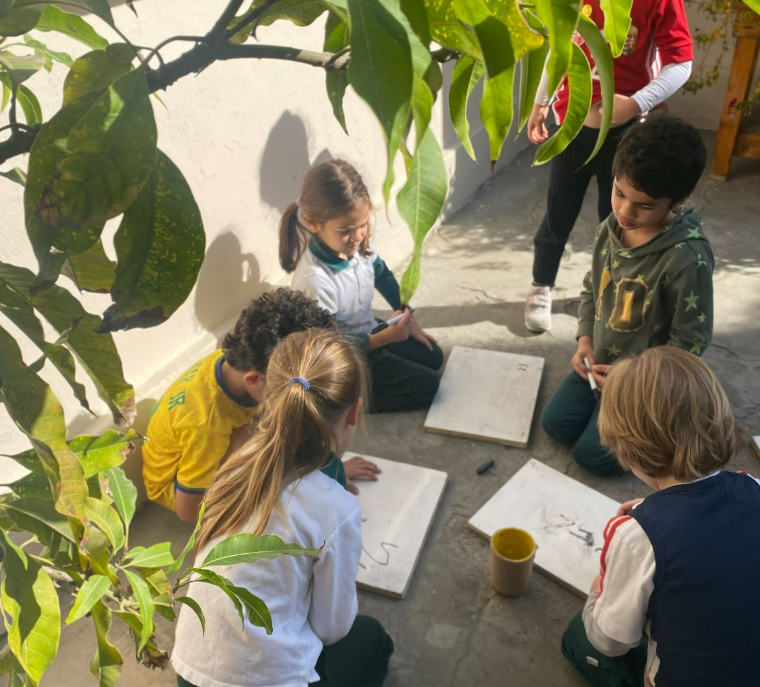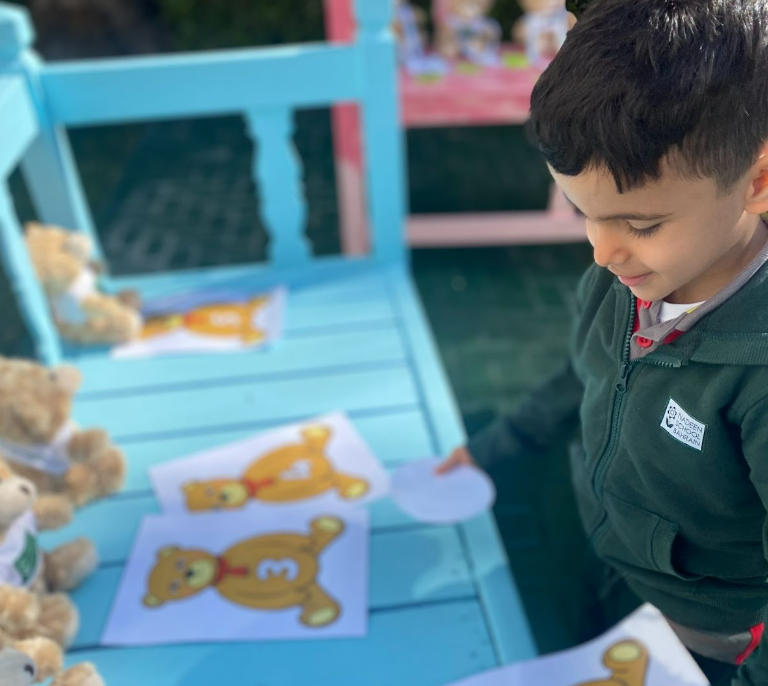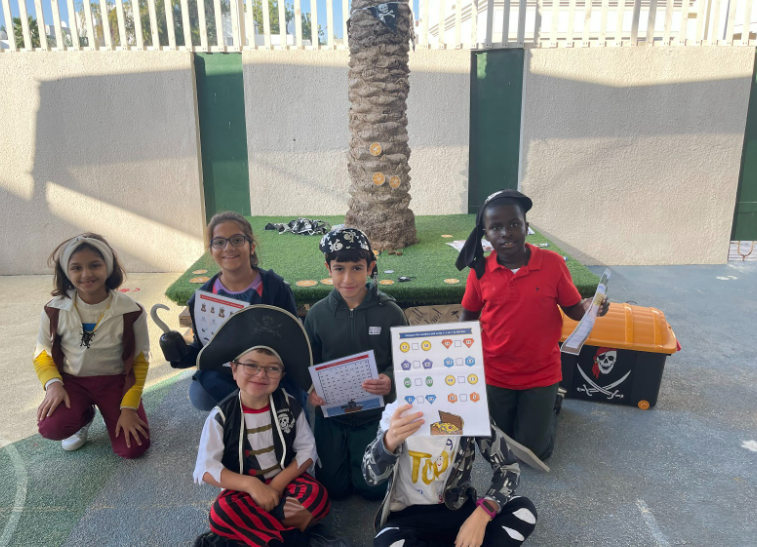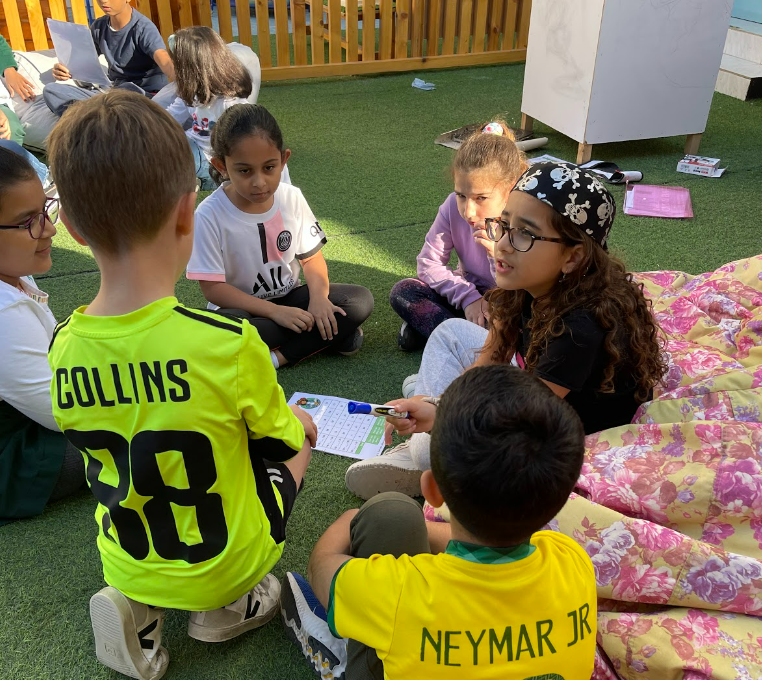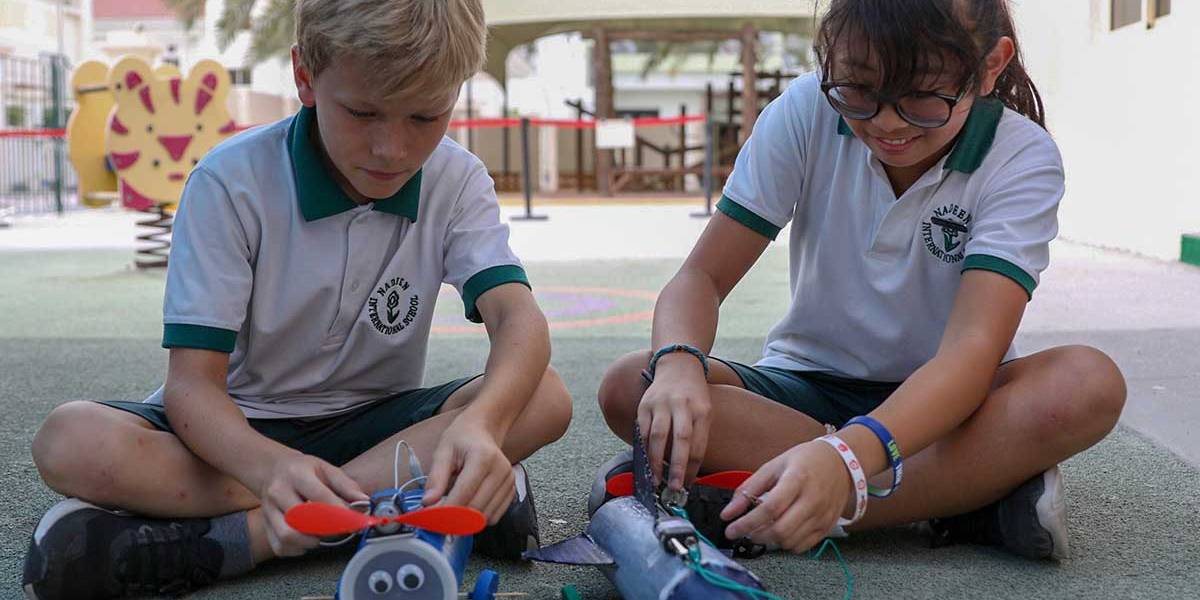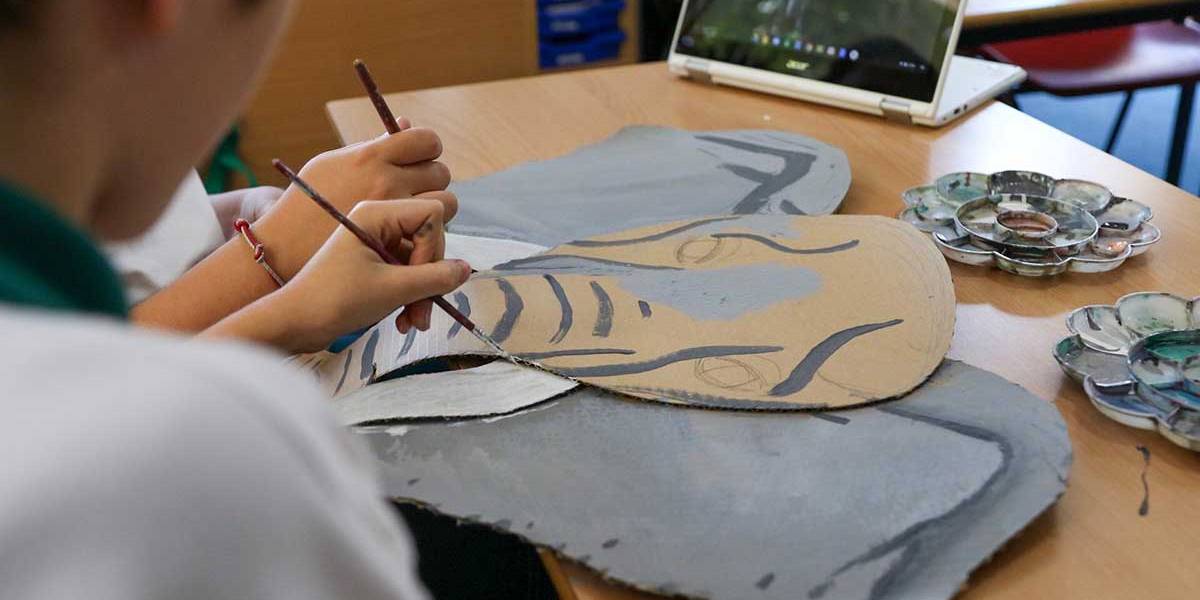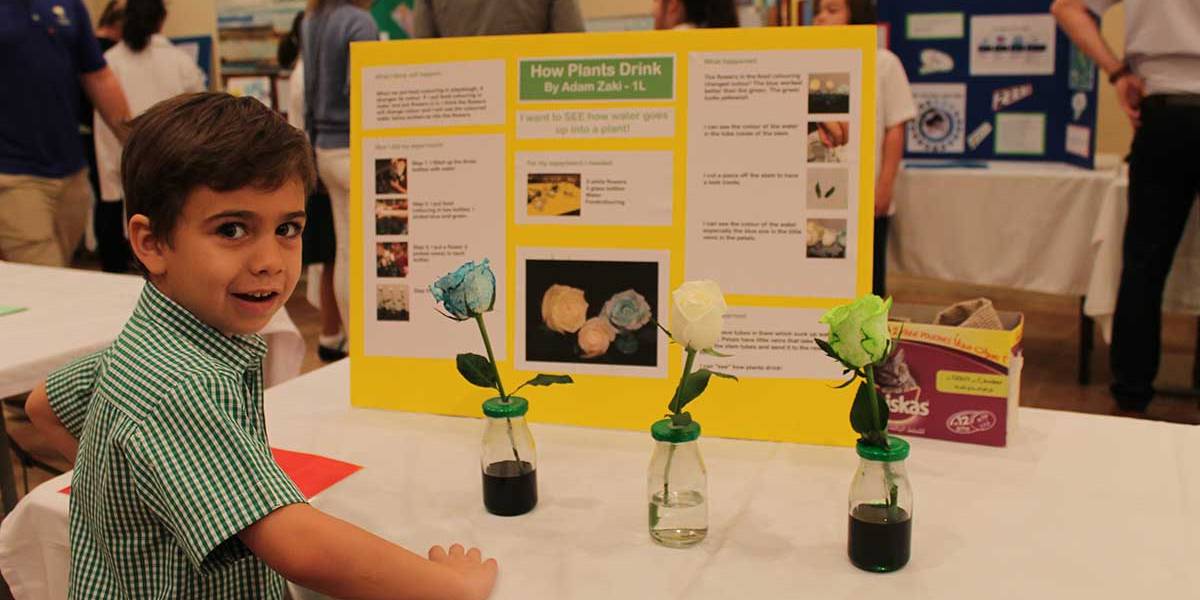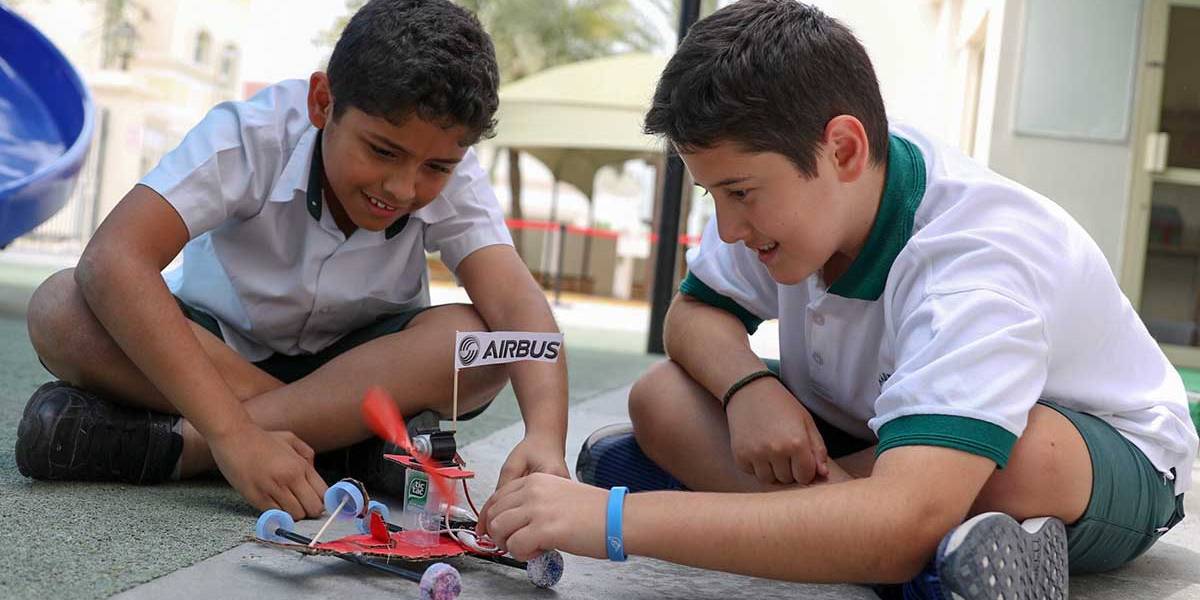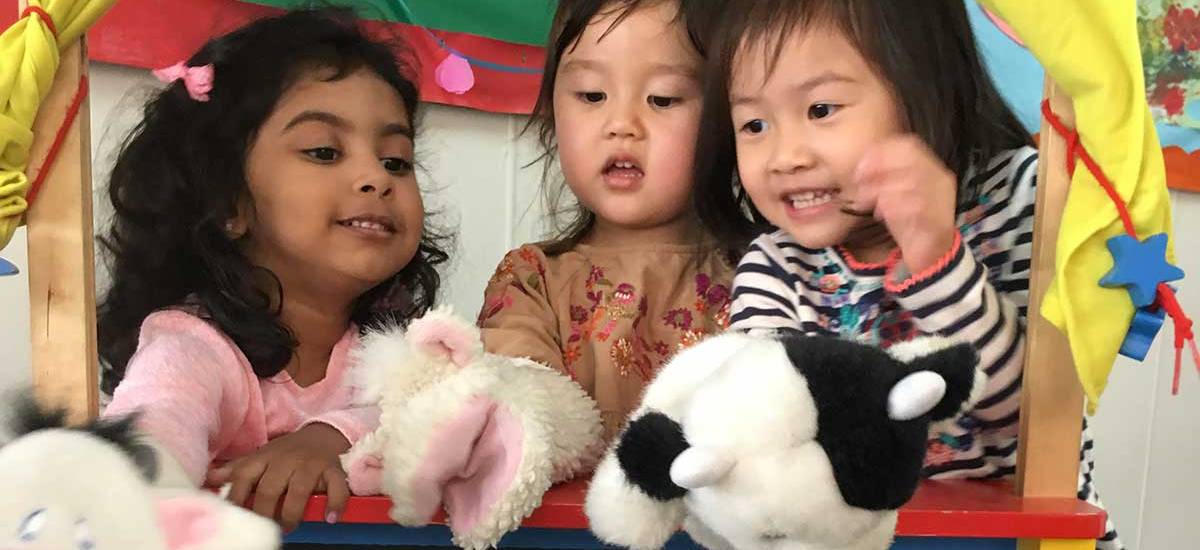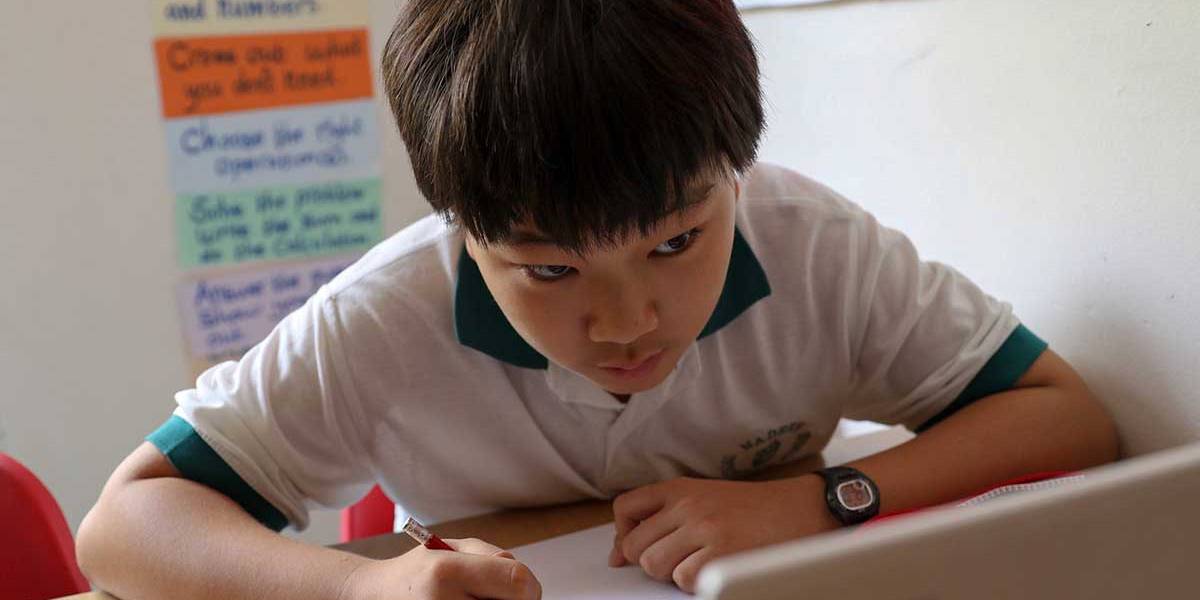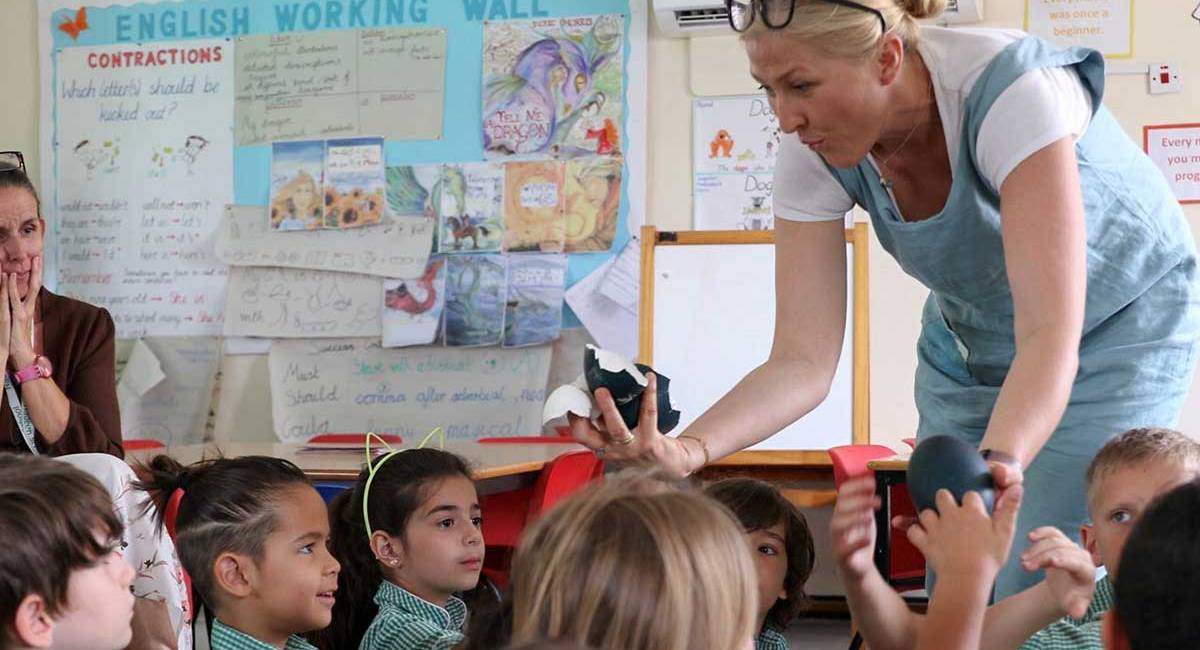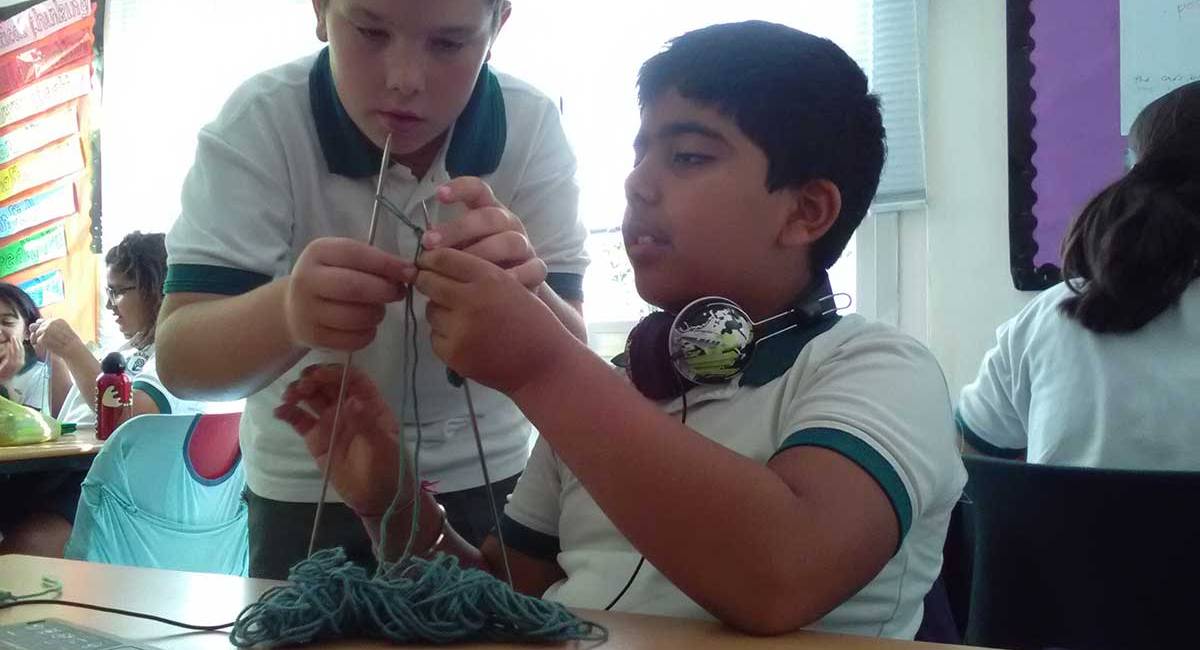Number Day 2023
Number Day took place on the 30th of January 2023 which was a tremendous success. Children were exposed to rich problem-solving tasks throughout the day. There was a buzz and excitement around the school. The Teddy Bears Challenge was enjoyed by the Nursery and Reception classes. Children looked at the recognition of numbers and matched numerals to amounts. In Keys Stage One, pupils solved problems using their knowledge of multiples, addition and comparing numbers. In Key Stage Two, children applied their maths knowledge to solve a pirate-themed mystery. Children used their number fluency to reason. The Maths Champions of 5BM helped children calculate their change when buying number-themed cupcakes. The school raised BHD 96.350 – that is just under 482 cupcakes sold! A particular congratulations need to go to the Maths Champions of 5BM who showed excellent leadership qualities when hosting the problems solving mystery challenges across the school.
Soundbites:
‘ I liked the cupcake number sale’ Jullia Marucci 1SS‘
‘I liked Buddy’s key challenge and using my brain. We liked meeting the real-life Buddy!’ Isabel Sanchez 3AL
‘ I loved hosting Number Day’ Saba Alwazeer 5BM
‘I enjoyed acting as a pirate and challenging younger children in Maths’ Jebeglo Ogalo 5BM
‘I enjoyed creating the Teddy Bears Picnic’ Rose Collins 5BM
‘I like how funny the Number Day assembly was’. Ananya Puri 6GA
Developing Mathematical Thinking at Home
Why is problem-solving so important?
It is imperative to build on children’s problem-solving skills. The 21st century is about new challenges and problems which require a new set of skills. The world around us is evolving rapidly, and children need to learn essential skills such as critical reasoning, problem-solving and critical thinking. At Nadeen School, we follow the British Curriculum for Mathematics which ‘aims to ensure that all pupils become fluent, reason mathematically and can solve problems.’ It is important that we develop young mathematicians who have an ‘understanding of the world, the ability to reason mathematically, an appreciation of the beauty and power of mathematics and a sense of enjoyment and curiosity about the subject’.
How can you help your child with problem-solving in maths at home?
- Set your child problem-solving questions linked to real life such as shopping or baking
- Help your child use visual representations such as toys or objects
- Encourage your child to use multiple problem-solving approaches
- Have a positive attitude towards maths
Suggested resources forEYFS and Key Stage One :
Playing with loose parts or open-ended resources
Natural materials such as leaves, conkers, sticks, acorns, and pinecones are all brilliant open-ended play opportunities (if supervised). You can also use household objects like bottle caps, curtain rings, tubes, tins, boxes, buttons etcetera in this sort of play. All it requires is a tray of different objects that you’ve collected and time to explore them. Your child will have to think creatively about how to utilise the objects and in doing so will be challenging their cognitive capacity by problem-solving to achieve the desired outcomes.
Story problems
Stories are an effective way of introducing problem-solving and they can be a highly engaging way to promote creative and critical-thinking. You could use familiar or traditional stories to help scaffold play opportunities for your child. For example, you could try building a house for the three little pigs that cannot be knocked over. You could test out different methods using materials that you can find around your home.
If you are feeling creative, you could also make up a little story using your child’s favourite toys. An example of this could be figuring out how to share food between their favourite teddies during a picnic and making sure that everyone gets enough.
Sorting and categorising
Sorting and categorising objects is an activity that supports children in mathematical problem-solving and can be easily adapted to individual children’s abilities. You could encourage your child to sort by shape, size, colour, or better yet, their interests. For example, if they are a dinosaur enthusiast, they could classify them by which is their favourite or least favourite, or order them by the size of their feet. They may even find enjoyment in helping you with daily sorting such as recycling or washing! Puzzles
Puzzles are a fun resource that can be used with children from a very young age. There are a wide variety of puzzles for children to access, such as chunky wooden puzzles or traditional shape sorters. When playing with puzzles, children will have to use their prior knowledge and experience of shape, space and measure while also experimenting with different angles and placements. They will use trial and error to find the best way to complete the puzzle and then will use this knowledge in future attempts.
Suggested resources for Key Stage Two:
Outdoor Problem Solving Activities KS2- Learning Maths
https://playofthewild.com/2021/03/16/outdoor-problem-solving-activities-ks2-learning-maths/
Nim– Nim is a mathematical strategy game where two players take turns removing objects from a pile. Each player must take at least one item per turn. The goal is to either take or avoid taking the last object from the pile. Children can play Nim with a pile of sticks or rocks. How many did you pick up? Can you figure out a strategy to win?
Nature skip counting – Children can practice and show visual counting by 2’s, 3’s, 4’s, 5’s, etc. by using natural objects. They may want to use a tens frame for support. E.g., nuts in pairs (2’s), 3 leaf clover (3’s), 4 leaf clover, flower with 5 petals, etc.
Suggested resources for Key Stage Two and Three:
Transum Maths
